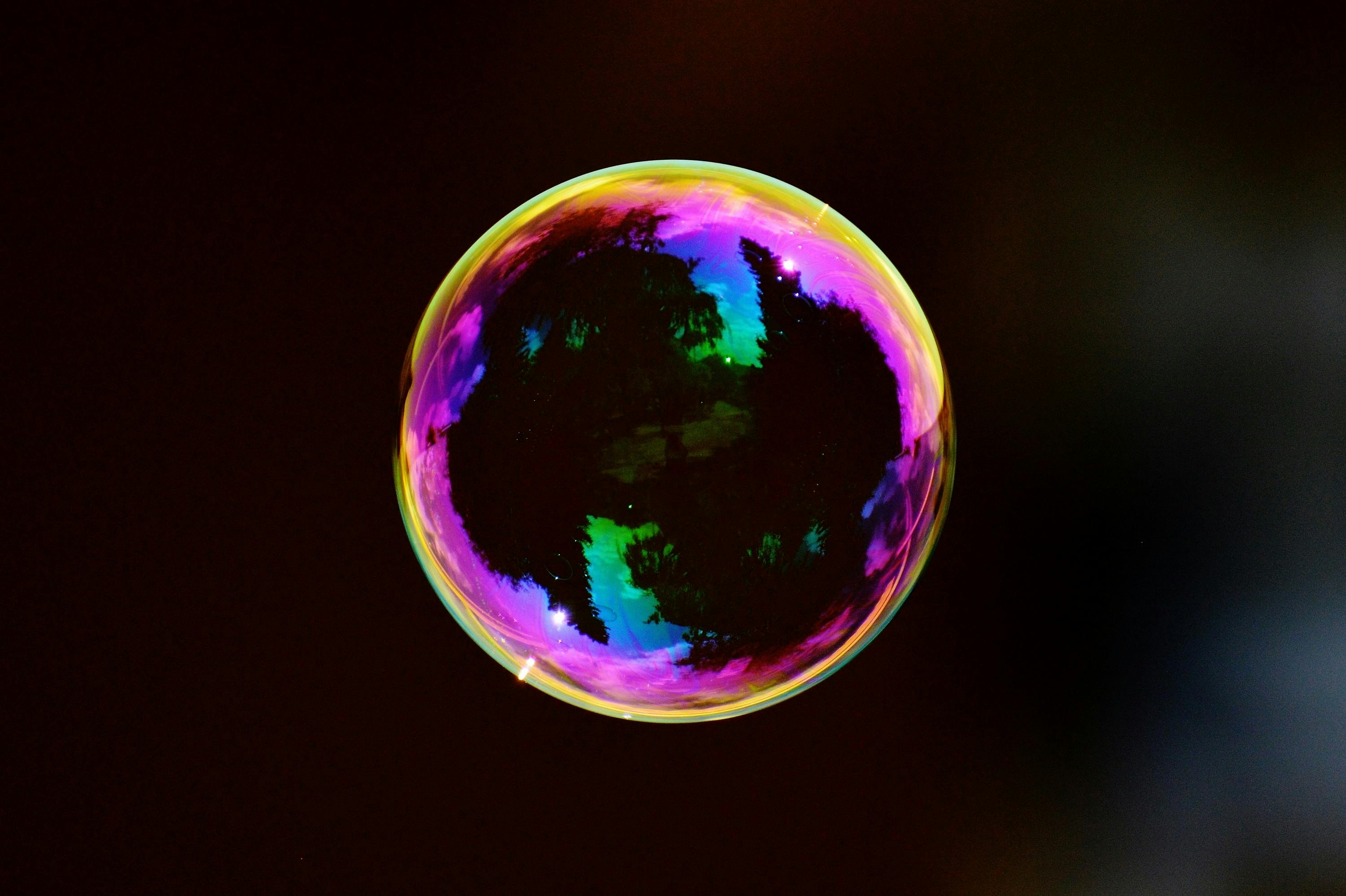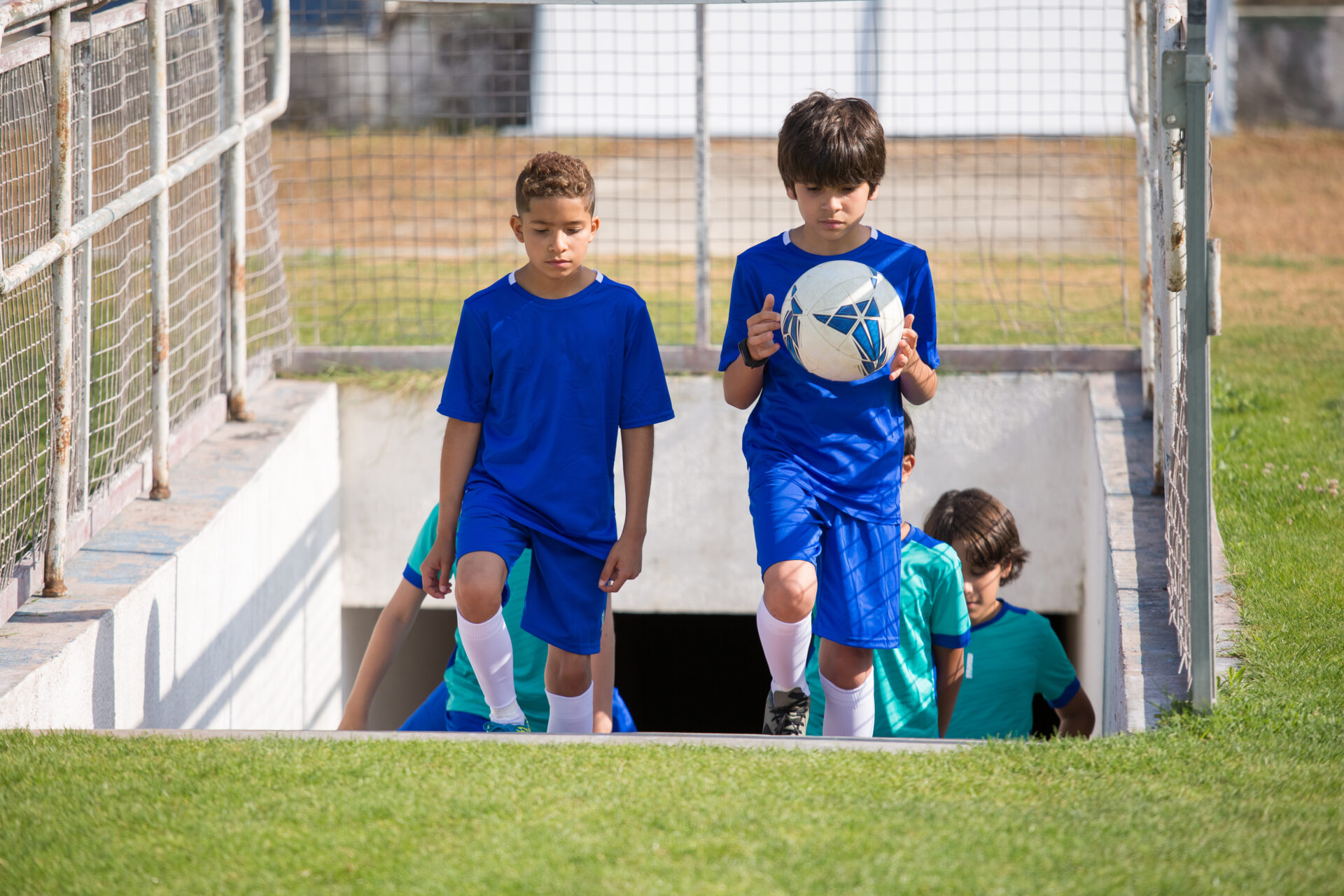Replacing a ball joint can be a difficult and time consuming task, but it is an important process for maintaining the overall safety of your vehicle. Ball joints are designed to provide a pivoting connection between the suspension of your car and the wheel assembly. Over time, these joints can start to wear out and become loose, causing issues with steering, alignment and other components of the vehicle. Fortunately, ball joints are relatively easy to replace if you have the right tools and knowledge. In this guide, we will discuss how to replace a ball joint in order to keep your car running smoothly.1. Lift the vehicle using a floor jack and support it with jack stands.
2. Remove the wheel and tire assembly from the vehicle.
3. Unfasten the brake caliper from the spindle and tie it out of the way using wire or rope.
4. Disconnect the sway bar, control arm, and steering knuckle from each other.
5. Remove the castle nut that holds the ball joint in place, then use a ball joint separator tool to remove it from its mounting bracket.
6. Insert a new ball joint into place, then reassemble all components in reverse order of disassembly, tightening all fasteners to their recommended torque specs with a torque wrench.
7. Reinstall wheel assembly and lower vehicle to ground level before testing for proper operation of suspension components and steering linkage.
What Tools Are Needed to Replace a Ball Joint?
Replacing a ball joint requires the right tools for the job. A mechanic will need a jack and stands, sockets, wrenches, a ball joint press, and other specialized tools. The jack and stands are used to lift the vehicle safely off the ground. Sockets and wrenches are used to remove bolts and nuts that secure the ball joint in place. The ball joint press is used to press out the old joint and press in the new one. Other specialized tools may be required depending on the type of vehicle being worked on. It is important for mechanics to have access to these tools in order to properly replace a ball joint.
In addition, it is important for mechanics to also have access to quality replacement parts when replacing a ball joint. Ball joints need to be replaced with parts that are designed specifically for that particular vehicle. The wrong part can cause serious damage if installed incorrectly or if it does not fit properly. It is also important for mechanics to have access to any special lubricants or grease needed when installing new parts. Proper lubrication can help ensure that parts last longer and work better once installed.
Tools Required
When replacing a ball joint, you will need some basic tools in order to get the job done. These include a jack, jack stands, a wheel chock, lug wrench, ratchet set and torque wrench. Additionally, you may need an adjustable wrench or pliers depending on the vehicle model. It is also important to have a spring compressor available if you are replacing all of the ball joints on your vehicle.
Removing the Old Ball Joint
Once you have all of the necessary tools, it is time to begin the process of removing the old ball joint. Start by jacking up your vehicle and placing it on jack stands for support. Make sure that the wheel chock is in place before proceeding with any further work. Next, remove the lug nuts from the wheel using your lug wrench and then remove the wheel from its hub assembly.
Disconnecting Suspension Components
The next step is to disconnect any suspension components that may be attached to or near the ball joint. Depending on your vehicle model, this may include sway bar links or other suspension pieces. This is done by loosening any nuts or bolts that are connecting them to other components and then removing them completely from their position.
Removing Ball Joint Nut
Once all of these components have been disconnected, it is time to remove the nut that holds the ball joint in place. Using your ratchet set or adjustable wrench/pliers, loosen and remove this nut from its position.
Separating Ball Joint
Now that all of these steps have been completed, it is time to separate the ball joint from its mounting bracket and hub assembly. This can be done using a hammer or pry bar if necessary in order to break any rust buildup between them.
Installing New Ball Joint
Once you have removed and separated all of these parts from each other, it is time to install a new ball joint into place. Start by threading in new nut into its position on top of the new ball joint and then tightening it down with your ratchet set or adjustable wrench/pliers.
Connecting Suspension Components
Now you can reconnect any suspension components that were previously disconnected during this process and make sure they are tightened down securely before continuing with further steps.
Tightening Ball Joint Nut
Once everything else has been reconnected properly, use your torque wrench to tighten down the nut that holds your new ball joint into place securely without over-tightening it.Installing Wheel
Finally, once everything else has been taken care of properly you can install your wheel back onto its hub assembly and tighten down its lug nuts before lowering your vehicle off of its jack stands.<Check the Vehicle Specifications Before Replacing a Ball Joint
Replacing a ball joint in your vehicle is an important part of maintaining its good condition. It is important to make sure that the part that you are replacing is the correct one for your make and model of vehicle. This can be done by consulting your vehicle’s owner’s manual or by checking online for specific details. You should also consult with an auto repair shop to ensure that you are getting the right parts for your car.
Before replacing a ball joint, it is important to check the specifications of the replacement part first. The specifications should include information such as weight capacity, diameter, length, and other measurements. You should also make sure that the new ball joint has been tested and approved for use in your particular vehicle. Additionally, you should check to make sure that all mounting hardware is included in the kit or purchased separately.
In addition to checking specifications before replacing a ball joint, it is also important to take into consideration how long the part will last before needing replacement again. Generally, higher quality parts will last longer than lower quality ones. Make sure to buy from reputable sources as well so that you can be confident in the longevity of your new part.
Finally, it’s important to consider any additional work or maintenance that may need to be done once you have installed your new ball joint. This could include things like lubricating it regularly or making sure that all bolts and nuts are tightened properly. Doing this will ensure that your new ball joint functions properly and lasts for as long as possible.
By taking these steps when replacing a ball joint, you can ensure that you get a quality product and avoid any potential problems down the line with your vehicle’s performance or safety.
Lubricate the New Ball Joint Before Installation
It is important to lubricate the new ball joint before installation. Doing so helps reduce friction and wear, ensuring the ball joint’s longevity and performance. When it comes to lubricating a new ball joint, there are several steps to take.
First, apply a light coat of grease to the exposed metal surfaces of the new ball joint. This will help protect against corrosion and provide a smooth surface for the ball joint to move against. Be sure to cover all metal surfaces with grease, especially any exposed threads or grooves, as these can be susceptible to rust and corrosion.
Next, apply a small amount of high-temperature grease or silicone-based lube to the outside of the ball joint housing. This will help protect against dirt and debris that could otherwise get lodged inside, potentially causing damage to the internal components. Additionally, it will help reduce friction between the ball joint and other components in the suspension system.
Finally, use a spray lubricant such as WD-40 or silicone spray on any exposed rubber components such as O-rings or gaskets. This will help keep them flexible and prevent them from becoming brittle over time due to exposure to extreme temperatures or other environmental conditions.
In short, lubricating your new ball joint before installation is essential for ensuring its long-term performance and reliability. Be sure to cover all metal surfaces with grease as well as any exposed rubber components with a spray lubricant—this will keep everything moving smoothly for years to come!

Raise the Vehicle and Secure It with Jack Stands
Raising a vehicle off the ground and securing it with jack stands is an essential part of many automotive maintenance and repair tasks. Jack stands provide a secure platform to work on the vehicle while it is elevated, but they must be used correctly in order to ensure the safety of yourself and your vehicle. Before raising any vehicle, make sure that you have the appropriate equipment for the job. A floor jack is used to lift the car off the ground and should be rated for at least twice as much weight as your car. Jack stands are then placed beneath each corner of the car to hold it securely in place while you work on it.
Begin by positioning your floor jack beneath one side of the car, usually along one of its frame rails or on its crossmember. Once it is in place, slowly pump up the jack until there is enough clearance between the ground and your vehicle that you can slide a jack stand underneath it. Make sure that you position each jack stand firmly against the frame before fully releasing pressure from your floor jack. Once all four corners of your car are supported with jack stands, turn off your engine, remove keys from ignition, set parking brakes, and chock any remaining wheels that are still touching the ground.
Once all four corners are securely supported by jack stands, carefully lower your floor jack until it is no longer underneath your car. Never leave a car fully supported by just a floor jack as they can fail without warning due to wear or other damage. With all four corners safely supported by jack stands, you can now begin working on your vehicle without fear of it dropping unexpectedly onto you or anyone else nearby.
Detach the Lower Control Arm from the Steering Knuckle
To detach the lower control arm from the steering knuckle, you will first need to use a wrench to loosen and remove the nut that holds the control arm in place. Once this is done, you can then carefully pull on the control arm to detach it from the steering knuckle. It is important to be careful when doing this as it can be easy to damage or break something if you are not careful. Once detached, you can then remove the control arm and set it aside for later use.
You may also need to disconnect any other components that may be connected to the lower control arm, such as brake lines or other sensors. Be sure to check your vehicle’s manual for specific instructions on how to do this correctly. Once everything is disconnected, you can then proceed with removing the lower control arm from the steering knuckle.
Removing the Old Ball Joint from the Steering Knuckle
Removing an old ball joint from a vehicle’s steering knuckle can be a daunting task, but with the right tools and knowledge, it can be done relatively easily. Before beginning the process of removing the old ball joint, it is important to make sure that the vehicle is properly supported and that all of the necessary tools are on hand. Once these steps have been taken, it is time to begin.
The first step in removing an old ball joint from a steering knuckle is to remove any brake components that may be in the way such as calipers or dust shields. This must be done carefully to avoid damaging any other parts. Additionally, it may be necessary to disconnect any steering components such as tie rods or sway bars that could interfere with access to the ball joint.
Once all of these components have been removed, it is time to remove the nuts and bolts holding the ball joint in place. It may be necessary to use a breaker bar and/or hammer in order to loosen these fasteners if they are particularly stubborn. Finally, once all of the nuts and bolts have been removed, the ball joint can be carefully pried out of its seat in the steering knuckle using an appropriate pry bar or chisel.
At this point, it is important to inspect both the ball joint itself and its seat in order to check for any signs of wear or damage that may need attention before reinstalling a new ball joint. If everything looks good, then it should only remain to transfer any necessary parts over from the old ball joint before installing a new one. With this process properly completed, removing an old ball joint from a steering knuckle should no longer pose much difficulty.

Conclusion
Replacing ball joints is a job that requires patience and the right tools. If you have the right tools and experience, you can perform this job yourself. Just make sure to work carefully and take the necessary safety precautions. If you don’t have the experience or the right tools, it’s best to leave this job to an experienced professional.
The process of replacing a ball joint varies depending on your vehicle’s make, model, and year. Always refer to your vehicle’s service manual for specific instructions and recommendations. By following these simple steps, you can have a safe and reliable ride with properly functioning ball joints.
No matter if you perform this job yourself or hire a professional mechanic, it’s important to make sure that the ball joints are replaced correctly so your vehicle can stay in good condition for a long time.




